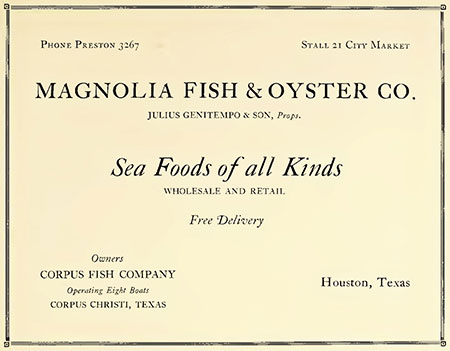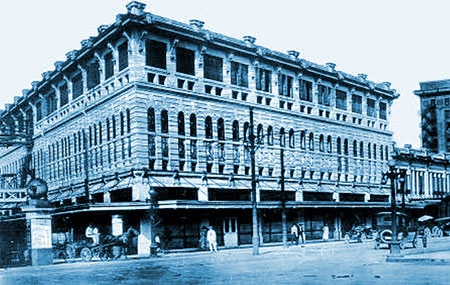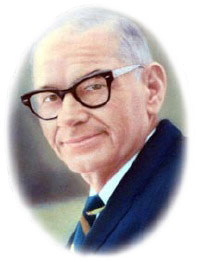Built Upon the Pride of More Than 105 Years in the Food Industry
Wellington Foods' roots in the food industry can be traced back more than 105 years ago when Julius Genitempo, the great grandfather of Wellington's CEO, William Genitempo, started operating his company, Magnolia Fish and Oysters Company, in 1907 from an old tin shack on the banks of the Buffalo Bayou at Allen's Landing in Houston, Texas. As the company grew and expanded the types of fish it made available to the market, the company name was changed to Magnolia Seafood.
A Company's Heritage:
1900 - 1949
There's been a lot of water (and fish) under the bridge since Julius Genitempo started Magnolia Seafood.
Back in the early days of the 1900's, Magnolia Brewery was the only cold storage facility in the city, and Genitempo worked out a deal with brewery owner Hugh Hamilton to store fresh seafood there.
With a location to store his fish established, Genitempo purchased nine schooners in New York. They sailed back to Texas and were converted to snapper boats to fish the Gulf of Mexico. Snapper boats came up Buffalo Bayou from Galveston and landed where today Main Street crosses over the bayou.
Fish was stored at the brewery, and then sold in the city market (now Old Market Square). Fresh fish were first transported by horse and wagon, then by auto and trucks and later by rail on the "Browning" overnight train from Brownsville.
When Joe Sr. took over in 1923, he relocated the business to a larger facility at LaBranch and Congress and added their own coolers and freezers.

(above) Magnolia Fish and Oyster Company ad placed in the 1924 Rice University Yearbook
In the 1940s, Magnolia moved to its downtown location at 1901 Preston Avenue, where four thermostatically controlled freezing units housed about 230,000 pounds of seafood. In the early days, the wooden transport barrels held shrimp, crab, oysters, flounder, trout, snapper and redfish and a few less popular varieties -- drum, sheepshead and croaker.
Expansion and Growth:
1950 - 1999
By 1951, the company had once again outgrown its location and moved into even larger facilities in order to serve the growing needs of their statewide distribution. Joe Jr. and Don, the sons of Joe Sr., later joined the operation.

(above) The Magnolia Building - The location of the horse and carriage in this photograph is today the site of the Louisiana Street bridge which crosses the bayou. The world globe on the pedestal is a light. The two story building to the far right is the only surviving building in the complex and houses the Magnolia Ballroom today.
In 1984, Joe Jr. became president and his three sons came into the business as they grew up and graduated from the University of Texas. Greg was named vice president and general manager; Mark was secretary-treasurer; and Jeff, Wellington Food's CEO, served as sales coordinator.
By the 1990s, Magnolia handled more than 350 kinds of fish and seafood from all over the world -- from mahi from South America to salmon from Chile and Norway -- to meet the demand of consumers, especially those who are eating more fish. "The market really increased for exotic fish -- tuna, swordfish and mahi -- but we could usually get a supply of fish depending on the weather," said Joe Jr. "Swordfish and tuna came from the Gulf, and some fish were flown in from South America."

(above) Joe Genitempo, Sr.
Magnolia wholesaled to most of Houston's best restaurants, hotels, caterers, hospitals and supermarkets. "Our customers were much more aware of quality...and they insist on freshness and top quality," Joe Jr. said.
"Laws changed so much (there is hardly any commercial fishing in Texas anymore) we had to go elsewhere. We couldn't even import redfish from Mexico or Louisiana. The only redfish we could sell came from aquafarms, and there were not enough to meet the demand. New technology, such as vacuum packing and icing fish down as soon as it was caught, helped keep fish fresher longer," added Genitempo.






